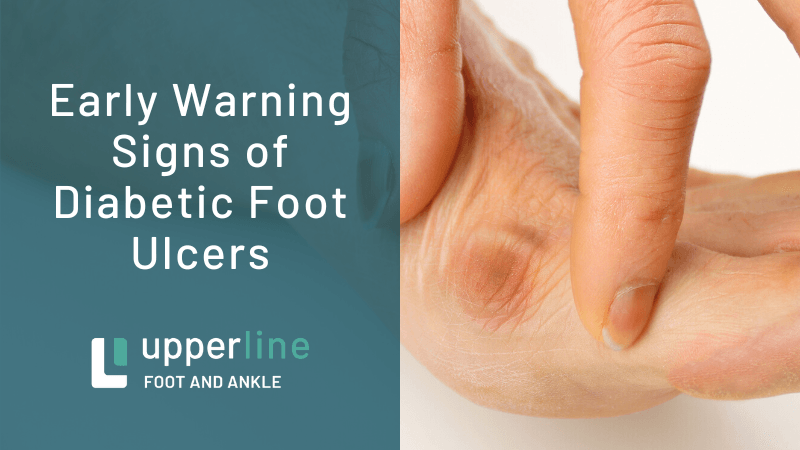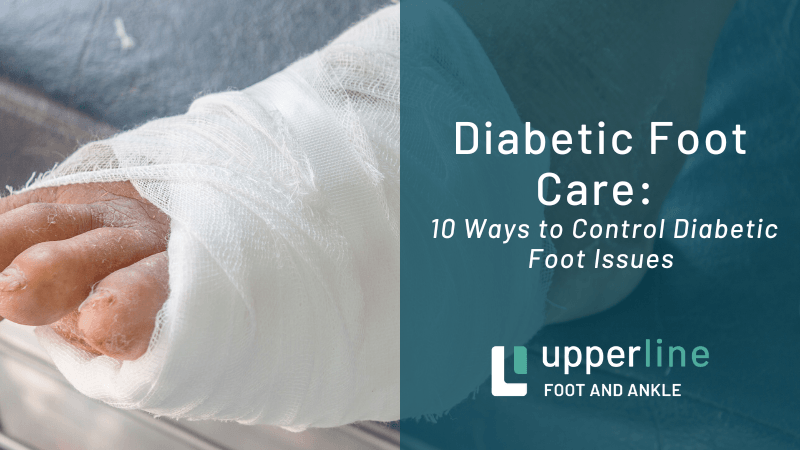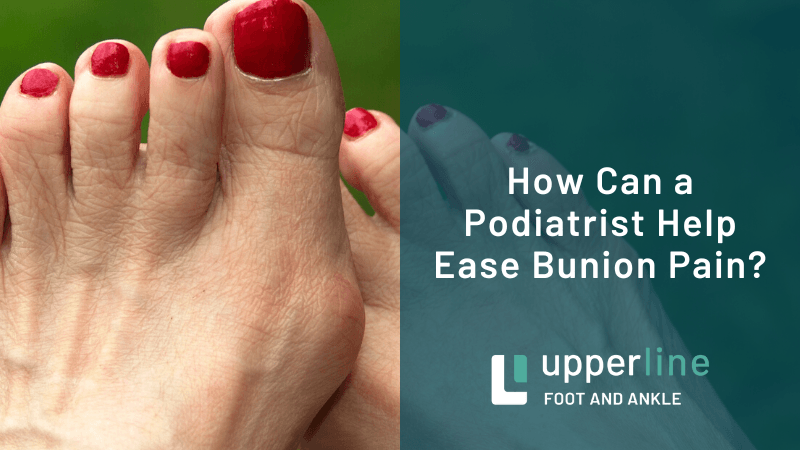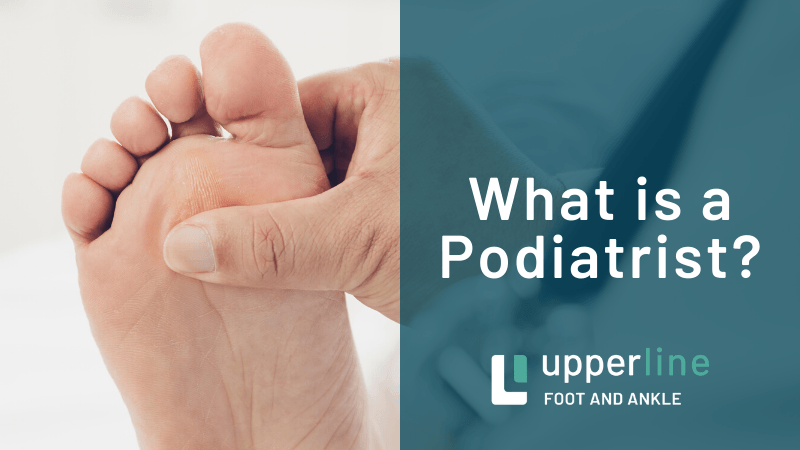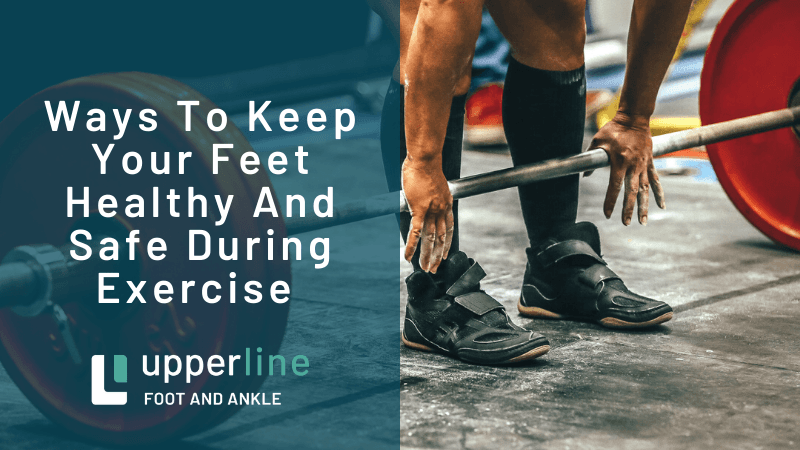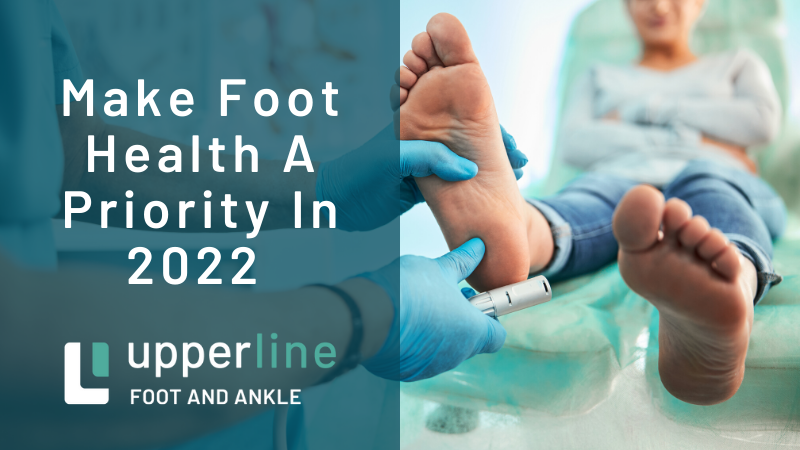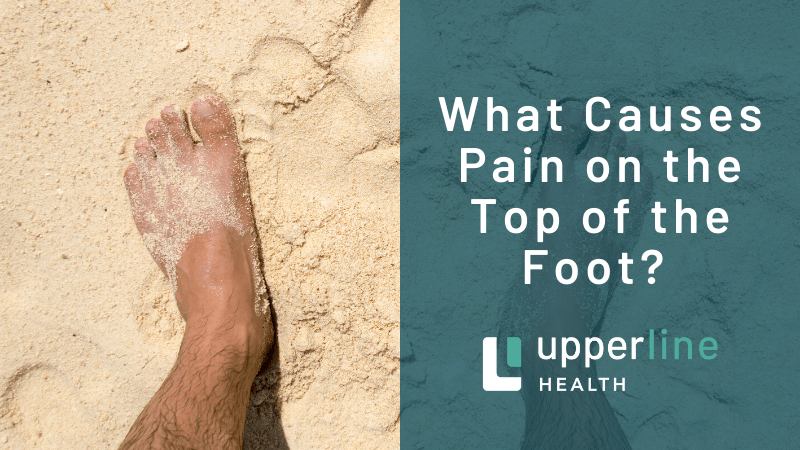Frequently Asked Questions About Hammertoe
The condition known as hammertoe can cause pain, open the door to complications, and make you feel embarrassed about your feet. This deformity of one of more toes may grow progressively worse until you seek the appropriate medical evaluation, advice, and treatment.
The sooner you recognize a hammertoe problem and take steps to address it, the more easily you can keep your feet as healthy, attractive, and functional as possible. Take a look at the answers to some frequently asked questions about hammertoe.
What Does Hammertoe Look and Feel Like?
When you have hammertoe, at least one of your toes appears bent and raised at the knuckle compared to other toes that have no such bend. When you stand, you may notice that the tip of the toe points downward instead of lying flat on the floor.
In some cases, hammertoe can cause discomfort. Corns, calluses, and inflamed areas often develop, rubbing or pinching painfully against the insides of your shoes. You may also experience pain when you try to flex the affected toe. Serious hammertoe issues may impair your ability to play sports or even walk.
How Does Hammertoe Differ From Other Bent-Toe Conditions?
The fact that your toe has assumed an odd angle doesn't necessarily mean that you have hammertoe. Other conditions can also deform the toes in slightly different ways. Two notable examples include mallet toe and claw toe.
The main difference between these three conditions lies in the toes and toe joints involved. In hammertoe, the joint closest to the tip of the second, third, or fourth toe becomes bent. In mallet toe, the joint closest to the foot becomes bent. Claw toe's bend starts at the second joint, usually afflicting the two smallest toes.
Why Does Hammertoe Develop?
Hammertoe often develops as a response to extreme or unusual stresses on the foot. Trauma to the toe can push joint components out of position. Extensive use of tight-fitting shoes or non-ergonomic shoes such as high heels can produce hammertoe. Toe muscle imbalances may also produce hammertoe.
Congenital factors may make some people more vulnerable than others to hammertoe. Women have more trouble with hammertoe than men as a general rule. People with diabetes, arthritis, or a second toe longer than their big toe also have an elevated hammertoe risk.
When Can Hammertoe Become a Serious Problem?
Hammertoe might cause only minor discomfort at first, then grow more and more painful as the ligaments and other connective tissues stiffen up, reducing the toe's comfortable range of motion. As a result, the affected toe or toes may assume a permanently bent formation.
Severe, untreated cases of hammertoe can lead to the creation of open sores or ulcers. People suffering from diabetes or circulatory problems have an elevated risk for such ulcers. Bacteria can enter the skin through the open sores, causing major infections.
How Do Podiatrists Treat Hammertoe?
Podiatrists can evaluate problematic toes to confirm a case of hammertoe. If you have a mild case of hammertoe, the podiatrist may recommend that you change your everyday footwear to shoes that feature a wide toe box. The extra room inside this style of shoe helps to minimize toe pressure, pinching and rubbing.
You might find that some extra cushioning for your hammertoe can protect the toe and ease pain. Non-medicated pads that adhere to the bend in your toe can keep that area from experiencing unwanted friction. Ice can shrink swelling and reduce inflammation in a painful hammertoe.
Podiatrists can also prescribe treatment to deal with any imbalances in your toe structure or musculature that have created your case of hammertoe. Orthotic insoles can balance the weight distribution across your feet, while splints or exercises can help to equalize the muscle strength in neighboring toes.
Severe cases of hammertoe (in which the joint no longer moves at all) may require surgical intervention. In hammertoe surgery, the podiatrist often cuts stiff connective tissues and removes a bit of bone so that the joint can straighten out. Pins or other hardware then fix the toe in a straight position while it heals.
Upperline Health can help get that hammertoe under control. Contact us for an appointment.


